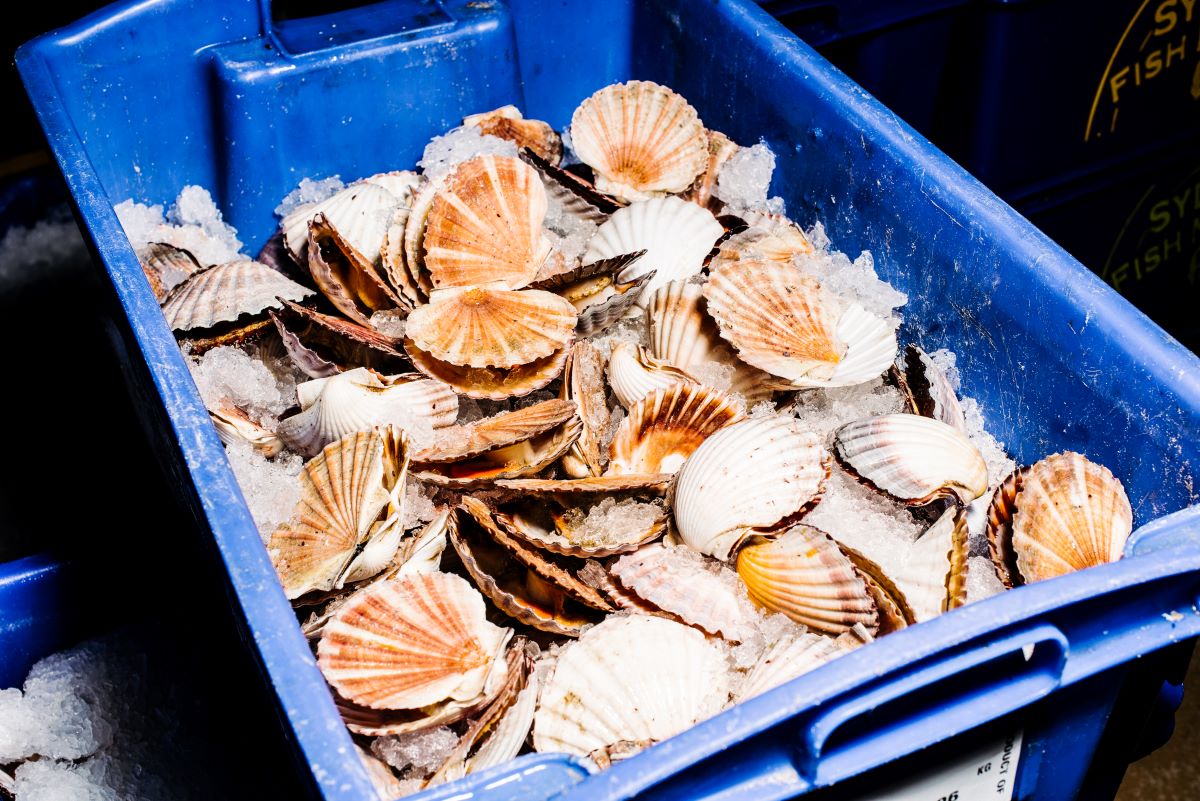

Articles
How To Store Fresh Scallops
Modified: December 7, 2023
Learn expert tips and tricks to store fresh scallops and maintain their quality in this informative articles. Essential guide for seafood enthusiasts.
(Many of the links in this article redirect to a specific reviewed product. Your purchase of these products through affiliate links helps to generate commission for Storables.com, at no extra cost. Learn more)
Introduction
When it comes to seafood, few things are as delicious and versatile as fresh scallops. Known for their delicate flavor and tender texture, scallops are a popular choice for seafood lovers around the world. Whether you’re planning to sear them to perfection or add them to a mouthwatering seafood pasta, properly storing fresh scallops is essential to maintain their quality and extend their shelf life.
In this article, we will guide you through the process of selecting fresh scallops, cleaning and preparing them, and the best storage methods to keep them fresh. Whether you’ve just returned from a fishing trip or purchased them from a local fish market, these tips will help you preserve the flavor and freshness of your succulent scallops.
Key Takeaways:
- Selecting fresh scallops with a creamy white color, mild scent, and firm texture is crucial. Properly clean, prepare, and store them to maintain their delicate flavor and quality.
- For short-term storage, refrigerate fresh scallops in an airtight container and use within 2-3 days. For longer shelf life, freeze them individually wrapped and consume within 3-6 months for the best texture and flavor.
Read more: How To Store Fresh Scallops In Fridge
Selecting Fresh Scallops
When choosing fresh scallops, there are a few key factors to consider. By paying attention to these aspects, you can ensure that you’re getting the highest quality scallops available:
- Appearance: Look for scallops that have a creamy white color and a soft texture. Avoid scallops that have a gray or yellow tint, as this could indicate that they are not fresh.
- Smell: Fresh scallops should have a mild, slightly sweet scent. If you detect a strong fishy odor, it may be a sign that the scallops are past their prime.
- Texture: Gently touch the scallops to check for firmness. They should feel slightly springy to the touch. Avoid scallops that are mushy or slimy, as this can indicate deterioration.
- Size: Scallops come in various sizes, from small bay scallops to larger sea scallops. Choose the size that best suits your recipe or preference.
- Sustainability: Whenever possible, opt for scallops that are sustainably sourced. Look for certifications such as the Marine Stewardship Council (MSC) or the Aquaculture Stewardship Council (ASC), which ensure responsible fishing practices.
It’s important to note that fresh scallops are highly perishable and should be consumed as soon as possible. If you’re not planning to use them right away, it’s crucial to store them properly to maintain their quality.
Proper Cleaning and Preparation
Before storing fresh scallops, it’s important to clean and prepare them properly. This not only ensures that they’re free from any debris or impurities but also helps to enhance their flavor. Here’s a step-by-step guide:
- Remove the side muscle: Scallops have a small side muscle, which may feel tough and chewy when cooked. Start by locating it on each scallop and gently pull it away using your fingers. This step is optional for some larger scallops, as their side muscle is often removed during processing.
- Rinse under cold water: Give the scallops a quick rinse under cold running water to remove any loose particles. Pat them dry with a paper towel to remove excess moisture.
- Seasoning and marinades: At this stage, you can season the scallops with salt, pepper, or other desired seasonings. If you prefer a marinade, place the scallops in a shallow dish and cover them with your chosen marinade. Allow them to marinate in the refrigerator for at least 30 minutes to enhance the flavor.
- Cut larger scallops: If you have larger sea scallops, consider cutting them in half horizontally to create a more uniform size for cooking. This will ensure even cooking and prevent one side from becoming overcooked while the other side remains undercooked.
By following these simple cleaning and preparation steps, you’ll have fresh scallops that are ready to be stored or cooked to perfection.
Storage Methods for Fresh Scallops
Proper storage is crucial to maintain the freshness and quality of fresh scallops. Here are two recommended storage methods:
1. Storing Scallops in the Refrigerator
If you plan to use the scallops within a couple of days, storing them in the refrigerator is the best option. Follow these steps:
- Place in an airtight container: Transfer the scallops to a clean, airtight container. If you don’t have one, you can use a resealable plastic bag, ensuring to remove as much air as possible.
- Keep in the coldest part of the fridge: Store the container or bag in the coldest part of your refrigerator, such as the back of the bottom shelf. The temperature should be kept between 32°F and 40°F (0°C and 4°C) to maintain the scallops’ freshness.
- Use within 2-3 days: Fresh scallops stored in the refrigerator should be used within 2-3 days for optimal flavor and quality.
Read more: How To Store Scallops
2. Storing Scallops in the Freezer
If you don’t plan on using the scallops within a few days, freezing them is a great option to prolong their shelf life. Here’s how:
- Wrap individually: Individually wrap each scallop in plastic wrap or place them in a freezer-safe bag. This helps prevent freezer burn and maintains the quality of the scallops.
- Store in airtight containers or bags: Place the individually wrapped scallops in an airtight container or bag to further protect them from freezer burn.
- Label and date: Label the container or bag with the current date to keep track of how long the scallops have been frozen. This will help ensure that you use them within the recommended time frame.
- Freeze at 0°F (-18°C) or below: Place the container or bag in the freezer, ensuring that the temperature is set at 0°F (-18°C) or below. This maintains the scallops’ quality for a longer period.
- Use within 3-6 months: For the best flavor and texture, consume the frozen scallops within 3-6 months. While they remain safe to eat beyond this time, the quality may deteriorate.
These storage methods will help you preserve the freshness and flavor of your scallops, giving you the flexibility to enjoy them anytime you desire.
Storing Scallops in the Refrigerator
When it comes to storing fresh scallops in the refrigerator, a few key steps can help maintain their freshness and quality. Follow these guidelines to ensure your scallops stay in optimal condition:
- Use an airtight container: Transfer the scallops to a clean, airtight container. If you don’t have one, you can use a resealable plastic bag, ensuring to remove as much air as possible. This helps prevent moisture loss and protects against cross-contamination.
- Select the proper location: Store the container or bag in the coldest part of your refrigerator, such as the back of the bottom shelf. This area usually has the most consistent temperature, ensuring the scallops remain cold and fresh.
- Temperature control: The temperature of the refrigerator should be kept between 32°F and 40°F (0°C and 4°C). This range is crucial for maintaining the scallops’ freshness and preventing bacterial growth.
- Avoid overcrowding: Ensure that the container or bag is not overcrowded. Overcrowding can restrict airflow and lead to uneven cooling. Leaving some space between the scallops allows for proper air circulation and helps to maintain their quality.
- Use within 2-3 days: Fresh scallops stored in the refrigerator should be used within 2-3 days for optimal flavor and quality. It’s important not to wait too long before cooking or consuming them.
By following these steps, you’ll be able to store fresh scallops in the refrigerator, maintaining their freshness and ensuring they’re in prime condition when you’re ready to cook or enjoy them.
Store fresh scallops in the coldest part of the refrigerator, ideally between 32-38°F (0-3°C). Place them in a shallow dish and cover with a damp cloth or paper towel to keep them moist. Use within 1-2 days for the best quality.
Storing Scallops in the Freezer
Freezing fresh scallops is a great way to extend their shelf life and have them available for longer periods. Here’s a step-by-step guide on how to store scallops in the freezer:
- Individually wrap: Begin by wrapping each scallop individually. You can use plastic wrap or place them in a freezer-safe bag, ensuring they are tightly sealed. This step helps to prevent freezer burn and maintain the quality of the scallops.
- Airtight container or bag: Place the individually wrapped scallops in an airtight container or bag to provide an extra layer of protection. Make sure the container or bag is designed for freezer use and is completely sealed to prevent any air or moisture from entering.
- Label and date: It’s important to label the container or bag with the current date. This allows you to keep track of how long the scallops have been frozen and ensure they are used within the recommended time frame.
- Freeze at 0°F (-18°C) or below: Place the container or bag in the freezer, making sure the temperature setting is at 0°F (-18°C) or below. This ensures that the scallops freeze quickly and maintains their quality for a longer period.
- Use within 3-6 months: For the best flavor and texture, consume the frozen scallops within 3-6 months. While they remain safe to eat beyond this time, the quality may deteriorate.
By following these steps, you’ll be able to store fresh scallops in the freezer and enjoy them at a later time. Proper packaging and labeling will help you keep track of their freshness and ensure they maintain their flavor and texture.
Tips for Maintaining Freshness
To ensure the maximum freshness and quality of fresh scallops, consider these tips:
- Buy from reputable sources: Purchase fresh scallops from reputable fishmongers, seafood markets, or trusted suppliers. This helps ensure that you’re getting the highest quality and freshest scallops available.
- Proper handling: Handle scallops with clean hands and avoid touching them excessively. Excessive handling can cause bacteria to spread and affect their quality.
- Store immediately: As soon as you purchase or catch scallops, store them promptly in the refrigerator or freezer to maintain their freshness. Avoid leaving them at room temperature for too long.
- Minimize exposure to air: Air exposure can cause scallops to dry out or develop freezer burn. Ensure proper packaging, using airtight containers or bags, to minimize air contact and prevent moisture loss.
- Avoid temperature fluctuations: Keep scallops in a consistently cold environment. Avoid leaving them out at room temperature for extended periods and try to minimize opening the refrigerator or freezer door frequently.
- Proper thawing: If you’re using frozen scallops, ensure to thaw them correctly. The recommended method is to transfer them from the freezer to the refrigerator and allow them to thaw slowly overnight. This helps maintain their texture and quality.
- Frequent inventory check: Regularly check the inventory of your scallops in the refrigerator or freezer. Use the first-in, first-out (FIFO) method to ensure you use the older ones first and maintain freshness.
- Quality check before cooking: Always inspect the scallops before cooking. Look for any signs of spoilage, unusual odor, or discoloration. Discard any scallops that appear questionable or have passed their expiration date.
- Cook scallops to perfection: Proper cooking techniques can enhance the flavor and texture of scallops. Whether you sear them, grill them, or use them in a stew or pasta dish, pay attention to cooking times and ensure they are cooked to the recommended internal temperature.
By following these tips, you’ll be able to maintain the freshness and quality of your scallops, ensuring they taste their best when prepared and served.
Read more: How To Store Fresh Bread To Keep It Fresh
Conclusion
When it comes to enjoying the delicate and delicious flavor of fresh scallops, proper storage and handling are key. By following the tips outlined in this article, you can ensure that your scallops remain fresh, flavorful, and of the highest quality.
Start by selecting fresh scallops that have a creamy white color, mild scent, and a firm texture. Properly clean and prepare them by removing the side muscle and giving them a rinse under cold water. Consider seasoning or marinating them to enhance their flavor before storing.
For short-term storage, keep scallops in the refrigerator in an airtight container or resealable plastic bag. Store them in the coldest part of the fridge and use them within 2-3 days for optimal freshness.
If you want to extend their shelf life, freezing is an excellent option. Individually wrap the scallops and place them in an airtight container or bag in the freezer. Use them within 3-6 months for the best texture and flavor.
Remember to follow proper handling and storage practices, such as buying from reputable sources, minimizing air exposure, and avoiding temperature fluctuations. Thaw frozen scallops in the refrigerator before cooking them to maintain their quality.
By following these guidelines and maintaining proper storage and handling techniques, you can enjoy the succulent taste of fresh scallops whenever you desire. Whether you’re preparing a delectable seafood dish or a simple scallop ceviche, these tips will help you preserve the freshness and quality of this delightful seafood delicacy.
So go ahead, select the finest scallops, store them correctly, and savor the flavor of these ocean gems!
Frequently Asked Questions about How To Store Fresh Scallops
Was this page helpful?
At Storables.com, we guarantee accurate and reliable information. Our content, validated by Expert Board Contributors, is crafted following stringent Editorial Policies. We're committed to providing you with well-researched, expert-backed insights for all your informational needs.
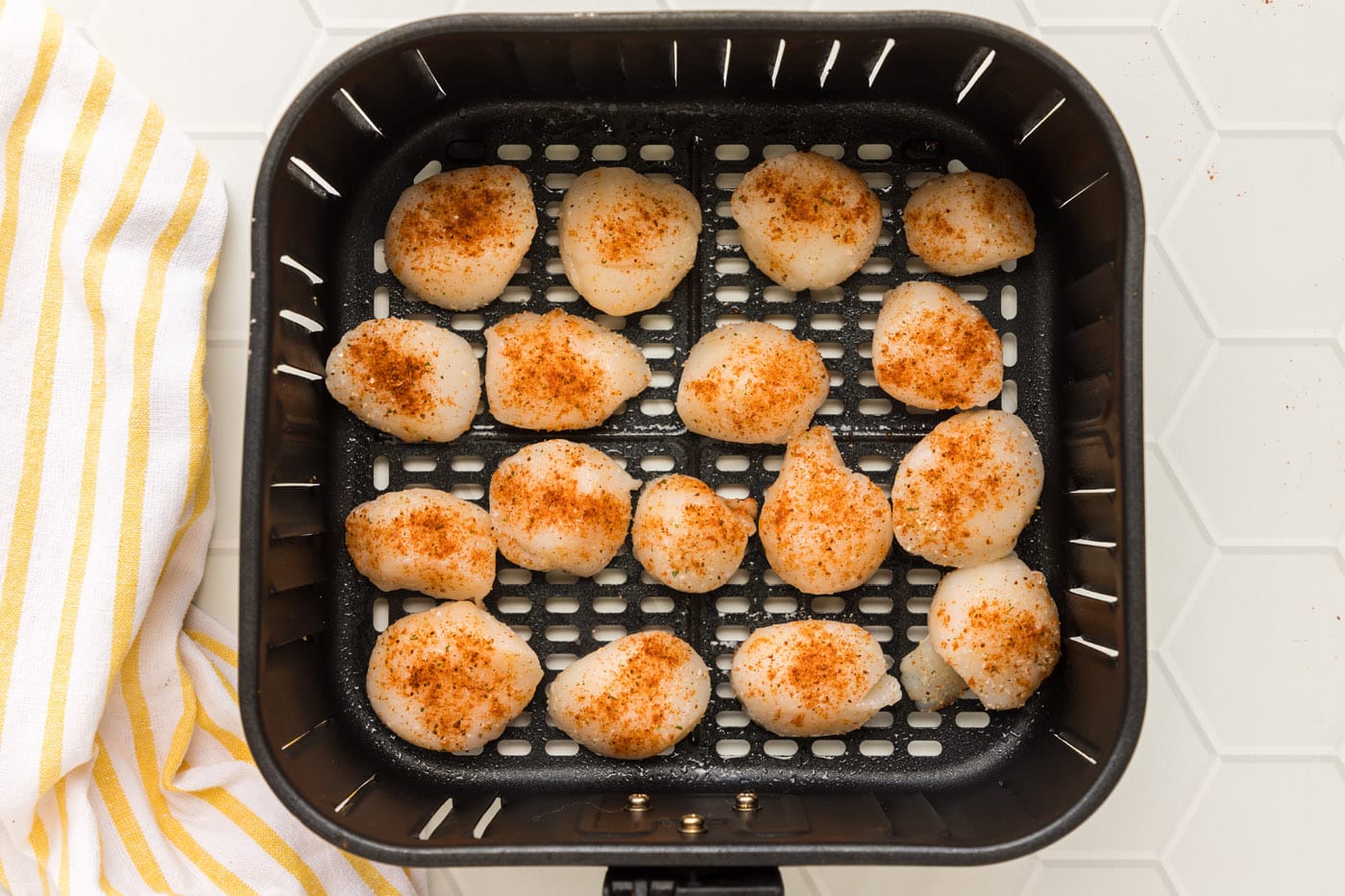
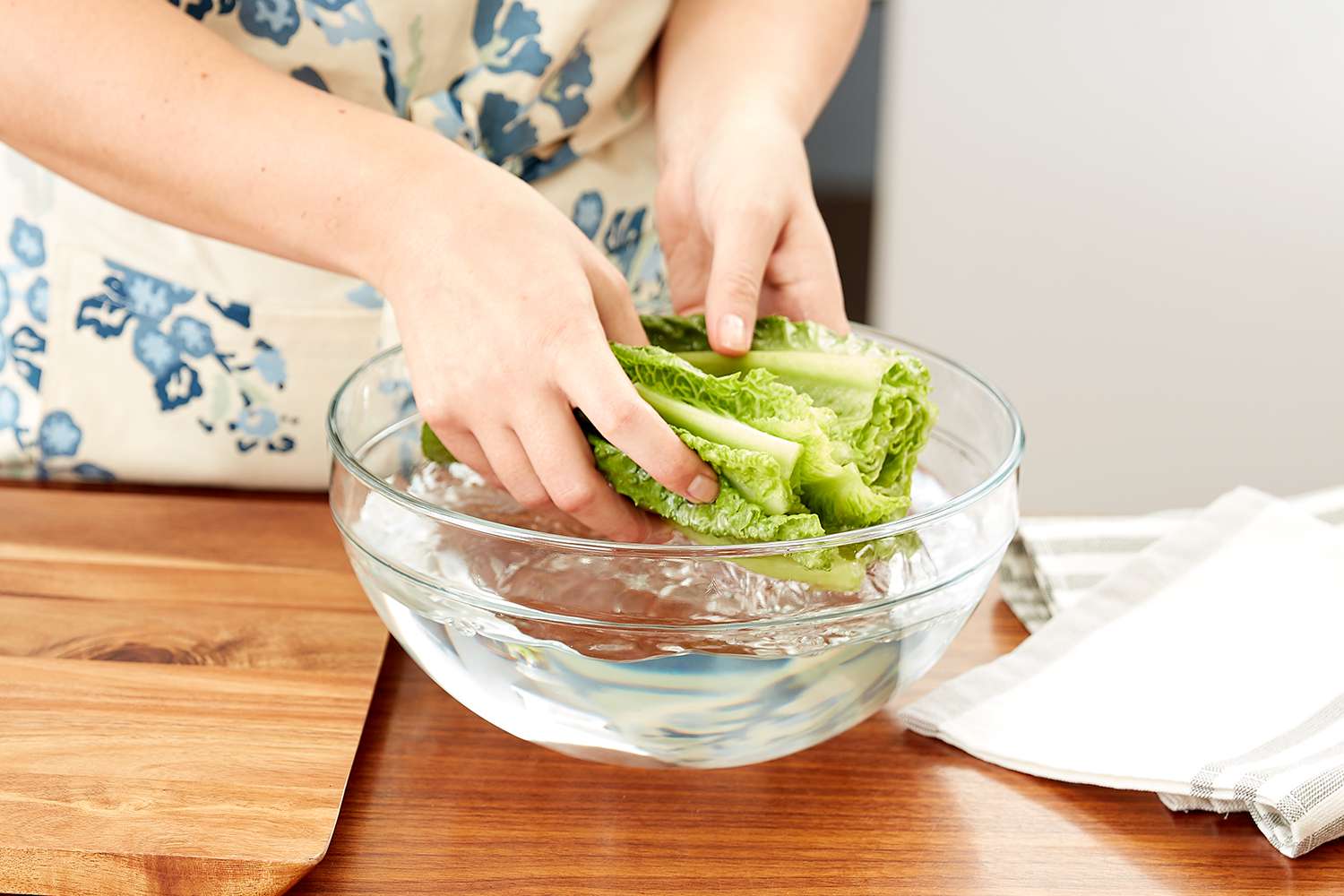
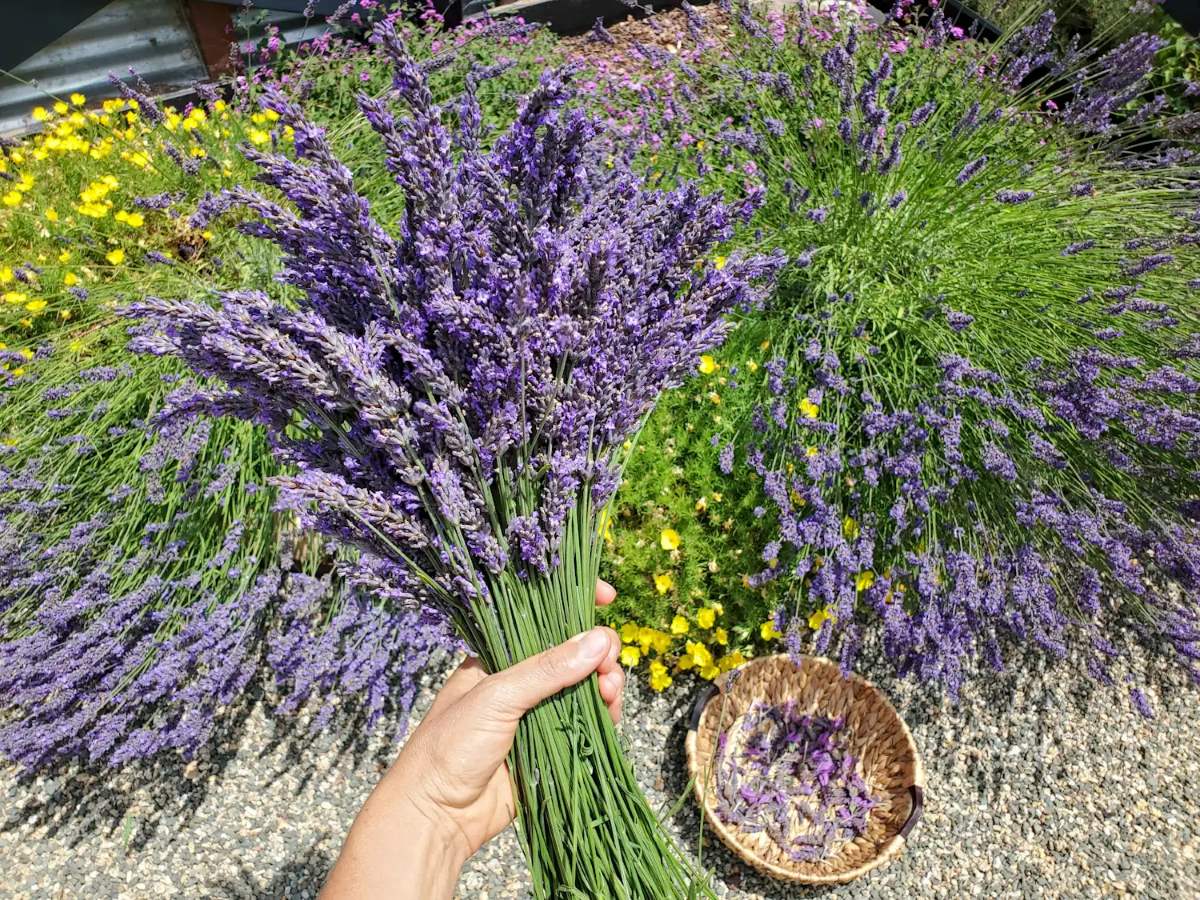
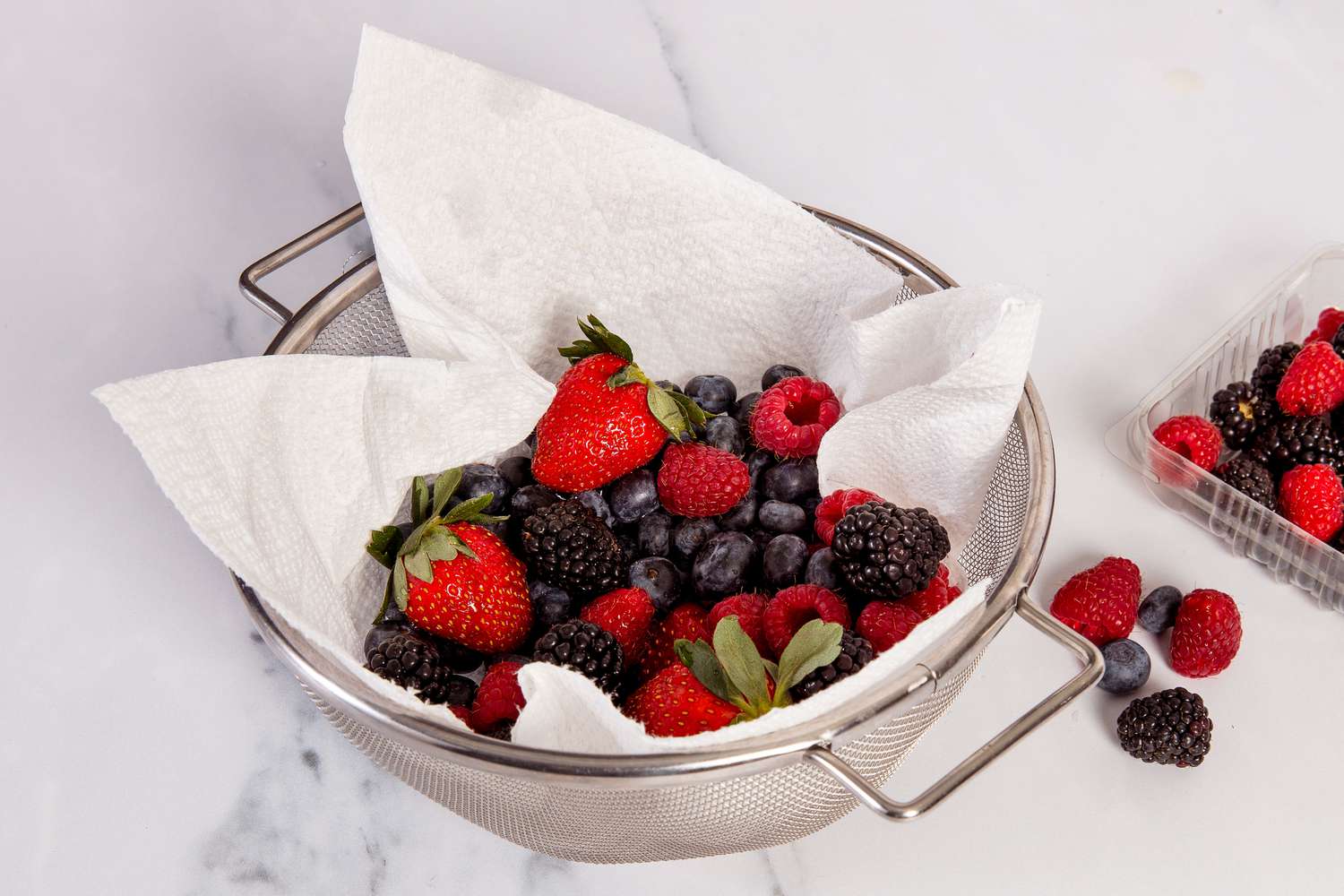
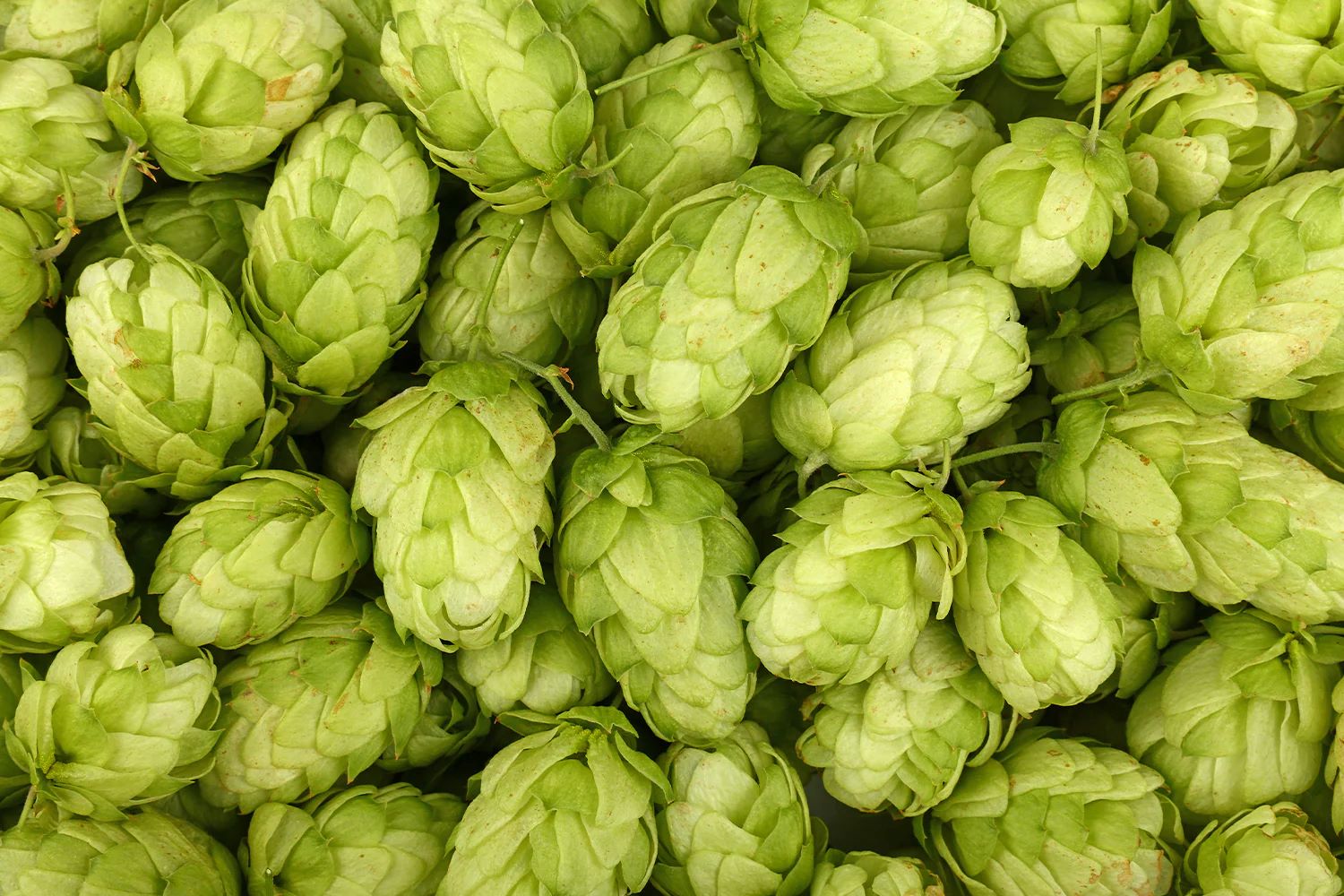
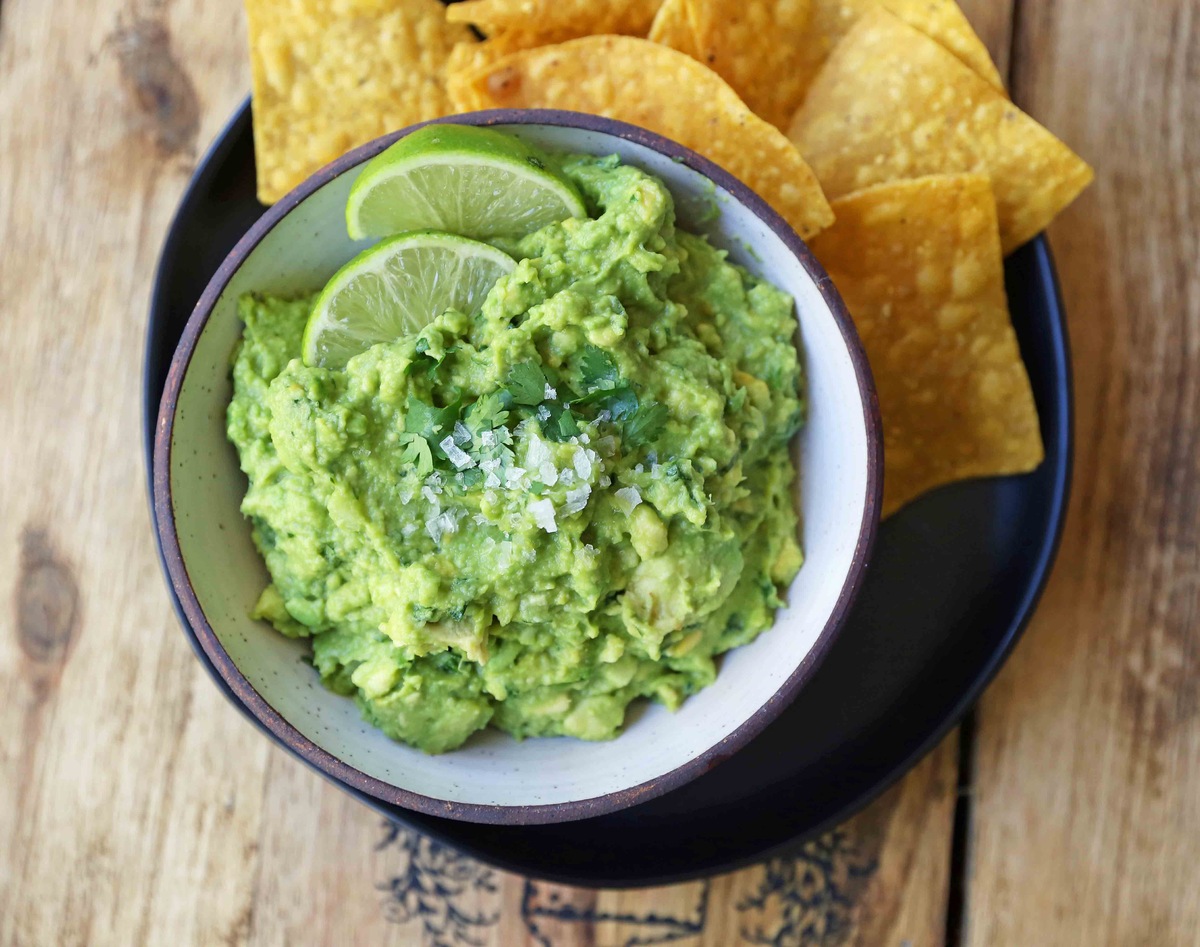
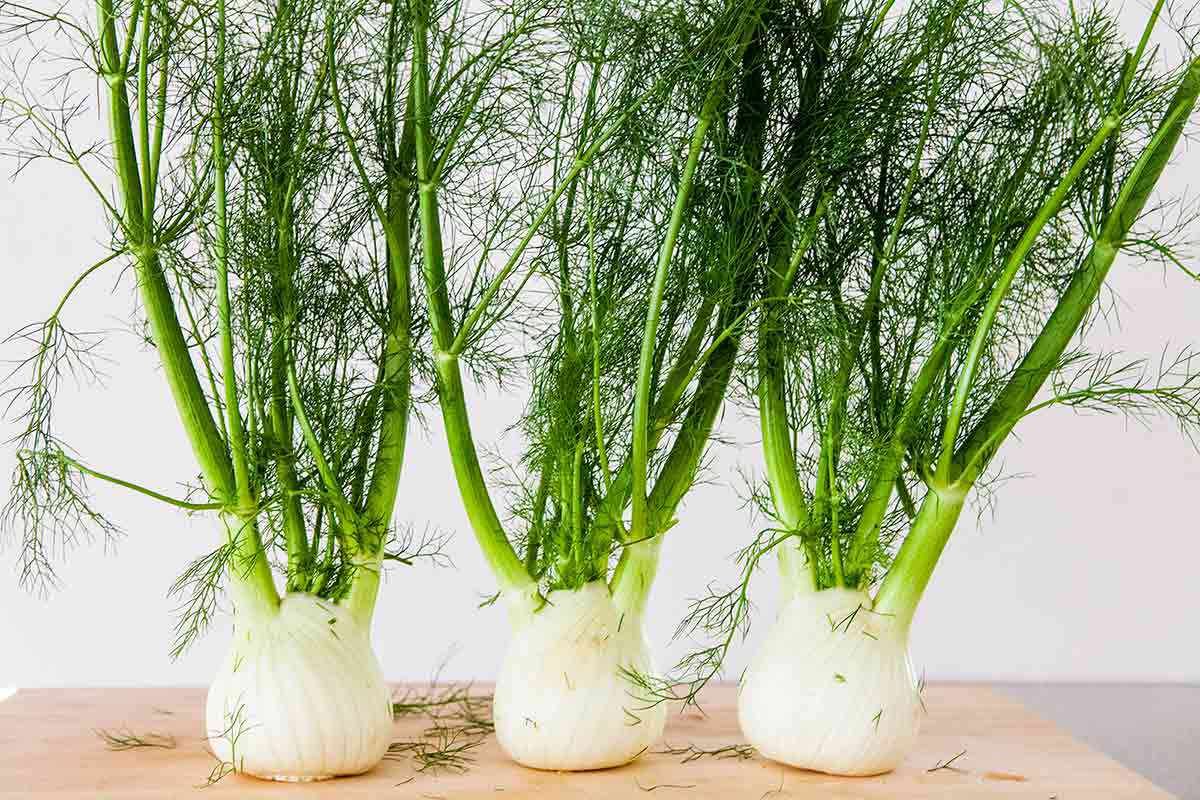
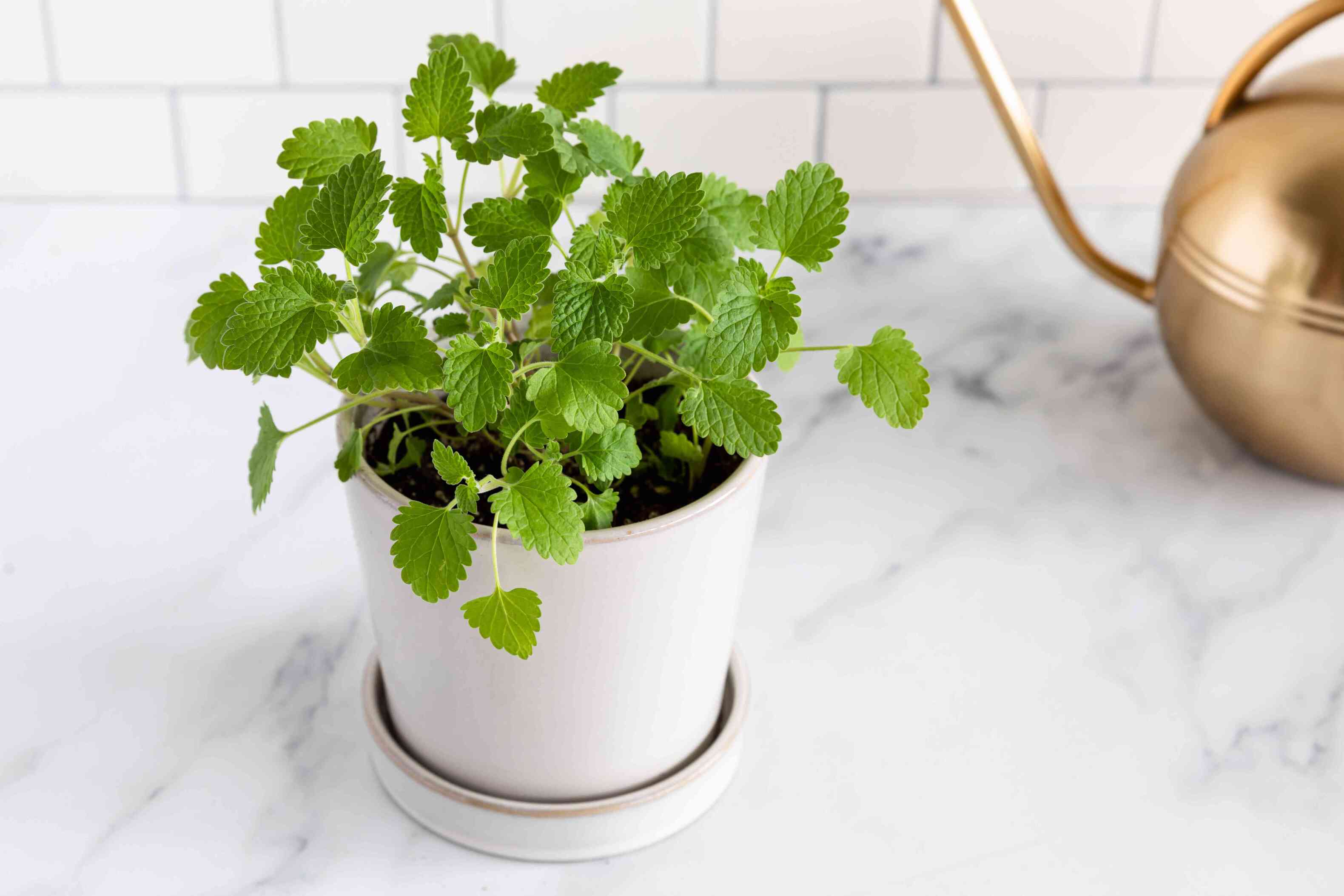
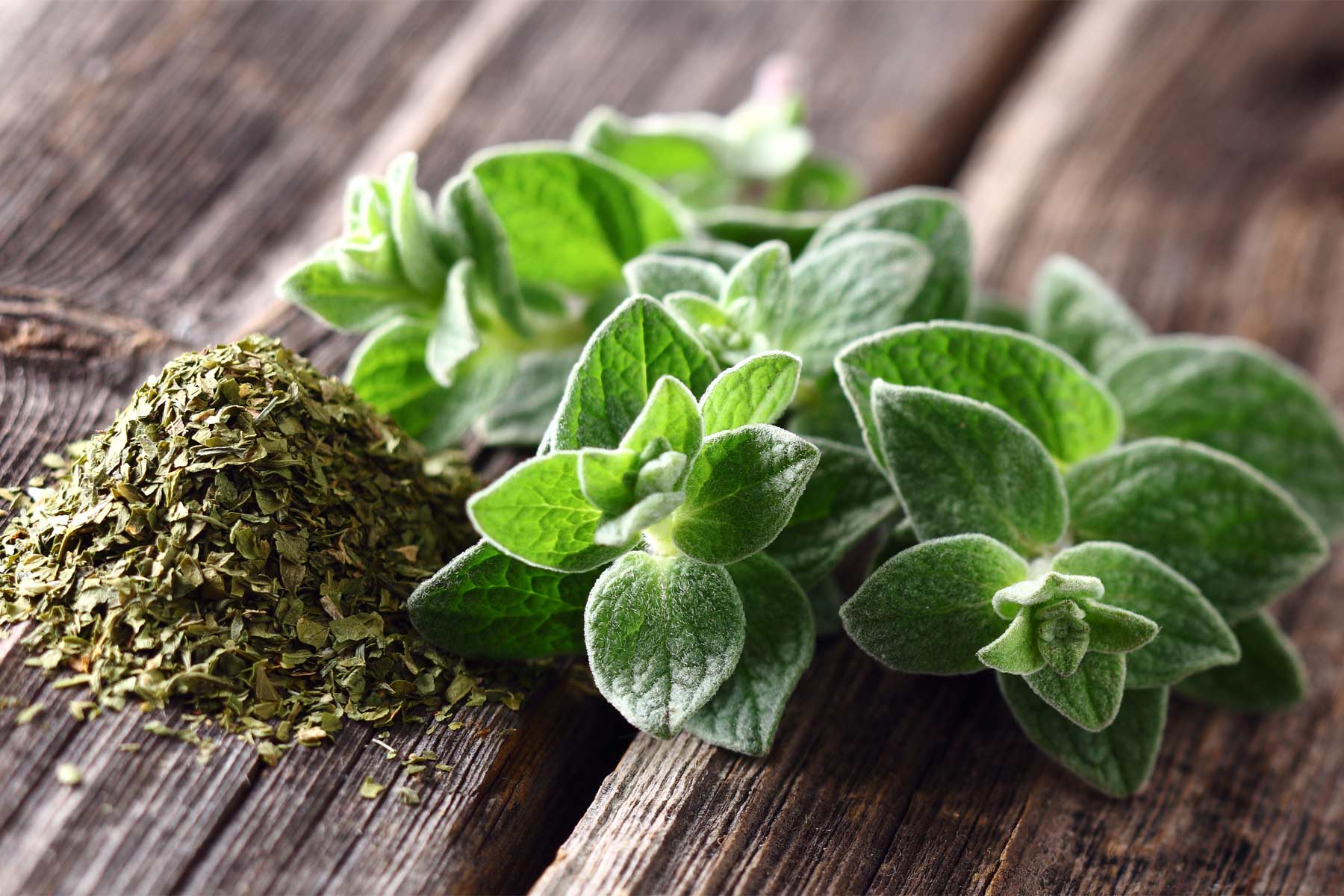
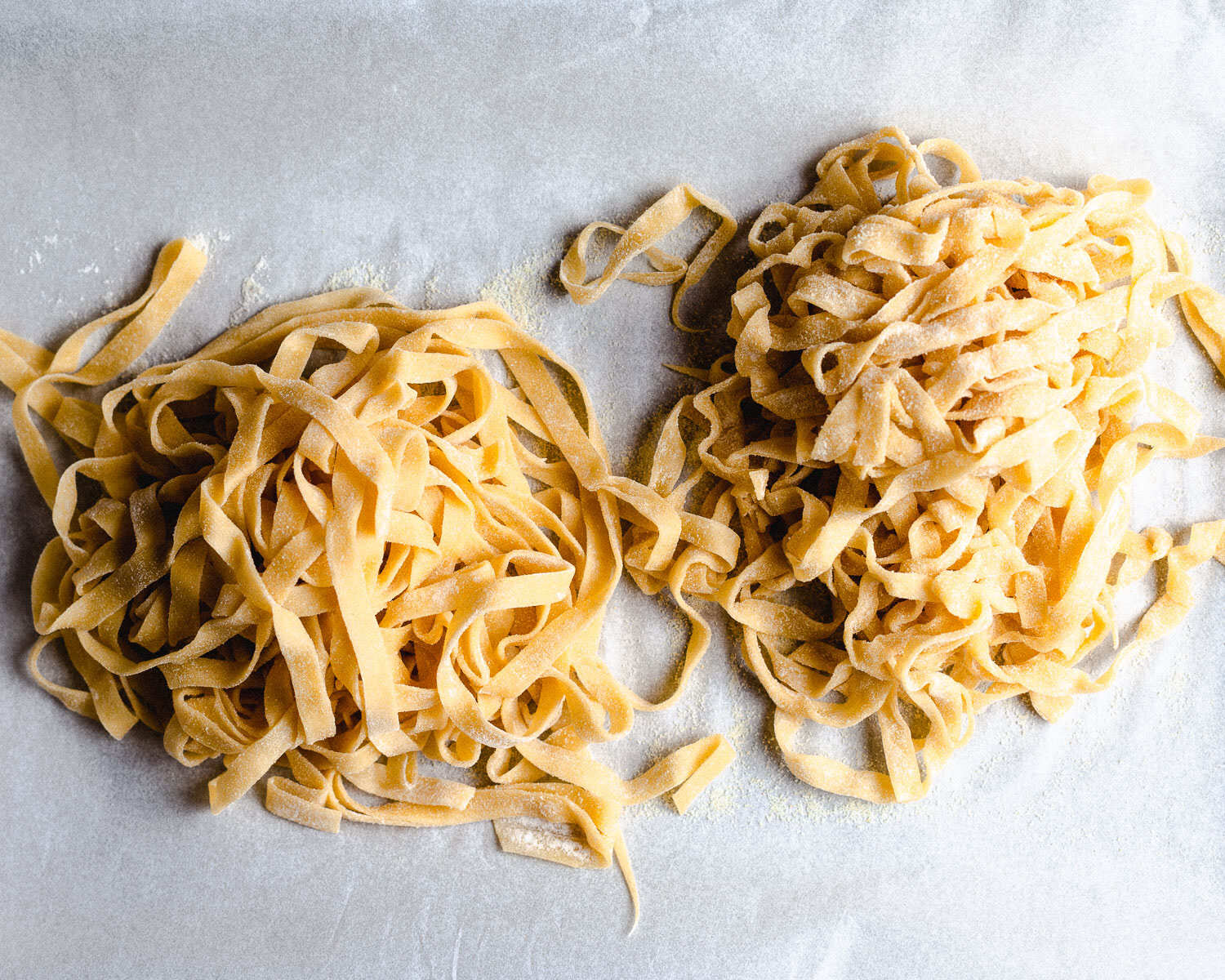
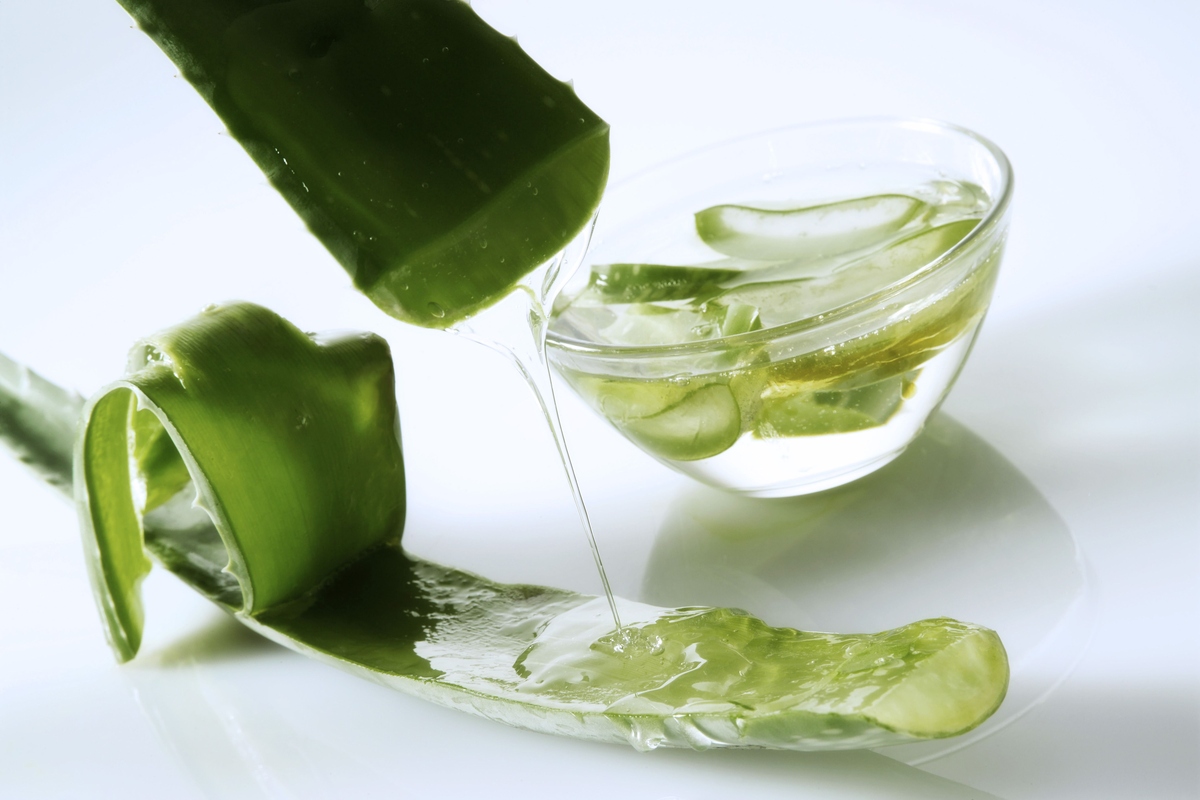
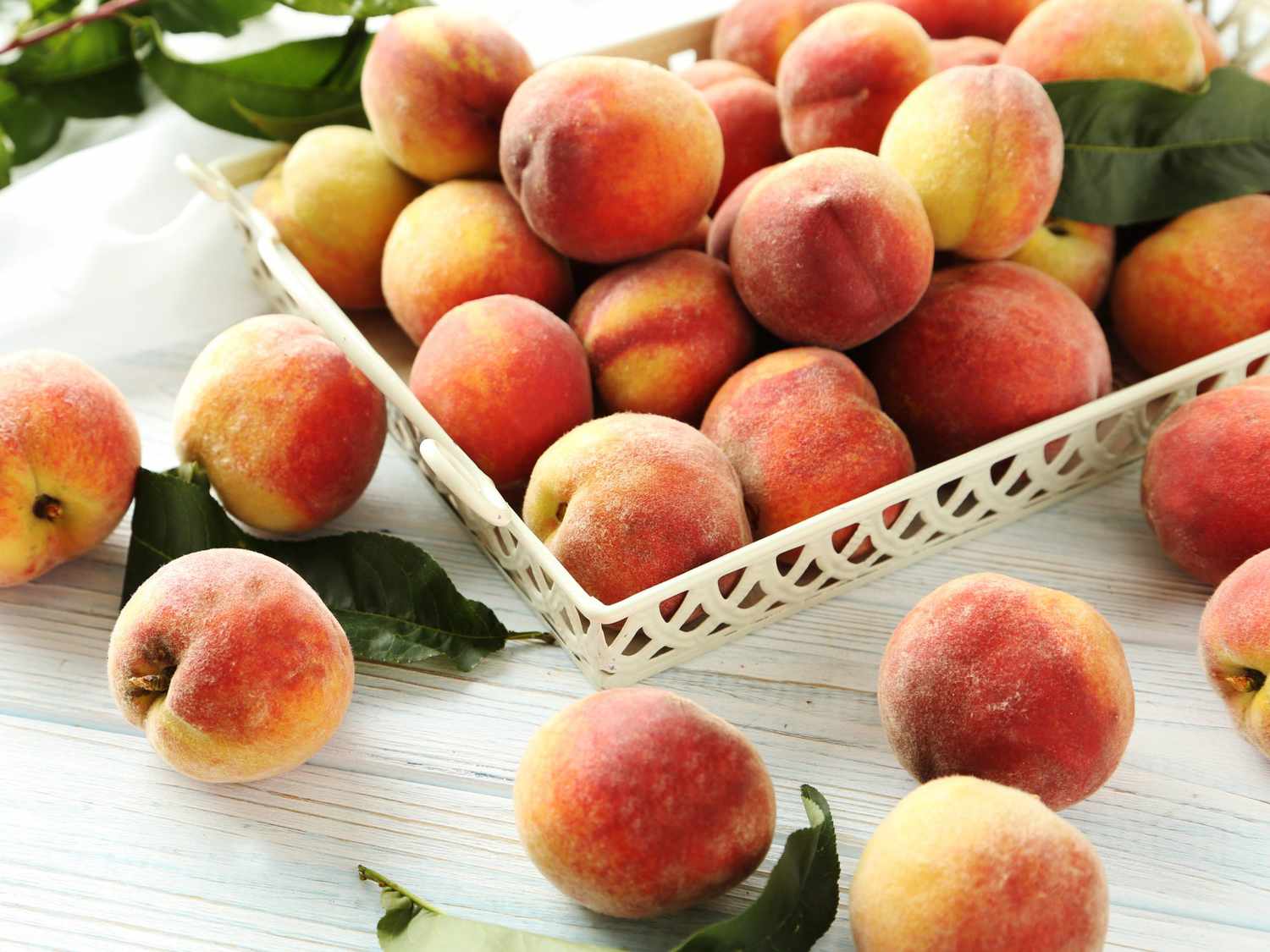
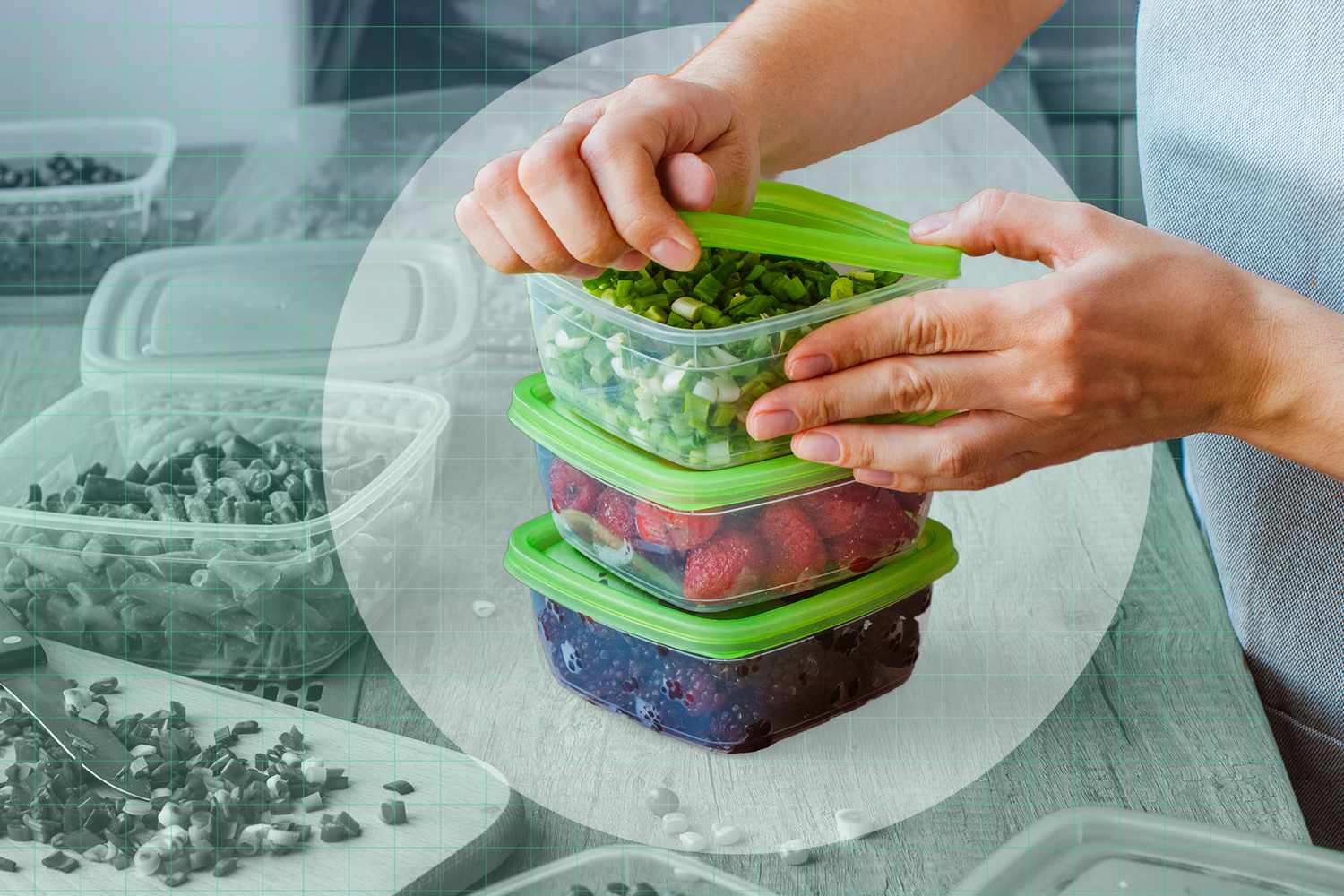

0 thoughts on “How To Store Fresh Scallops”